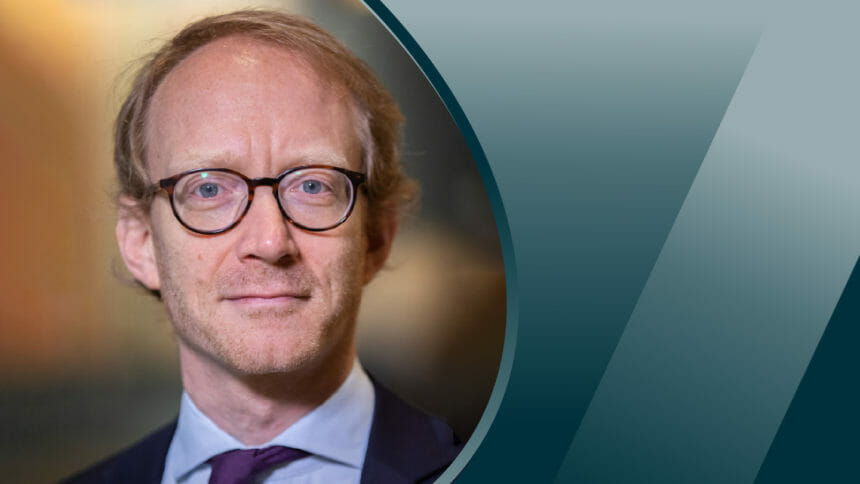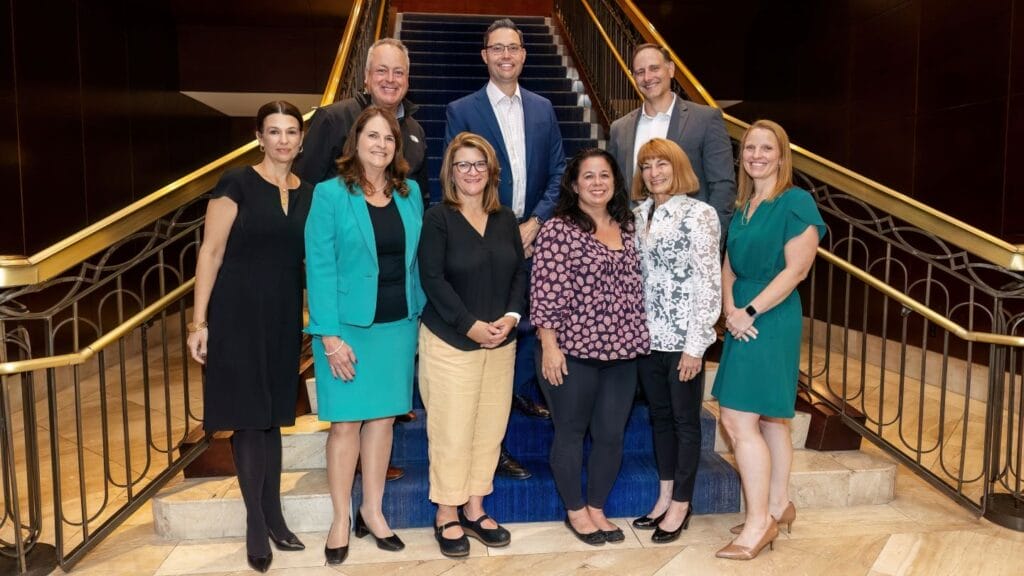
Balancing person-centeredness with risk is an ongoing challenge for activities professionals and others in long-term care and senior living. One key to addressing this challenge is to integrate our residents’ stories, backgrounds and preferences with a just culture of safety.
At our recent Activities Strong Virtual Winter Gathering, Liza Behrens, PhD, RN, an assistant professor at Penn State University, examined “surplus safety” in eldercare, in which the goal is to reduce risks at all costs.
“This is a byproduct of regulations and institutional practice designed to eliminate all risks, including the risk of positive and meaningful experiences that make life worth living,” Behrens said.
To protect residents’ rights to enjoy a person-directed quality of life, Behrens asserted the need for a “just” culture of safety — one that identifies and addresses behaviors that create the potential for adverse events, calls for appropriate accountability that supports disciplinary actions against individuals or organizations who engage in reckless behavior, and avoids punishing individuals for adverse events over which they have no control.
“We need a just culture where we can do our best to honor residents and their right to make choices,” she noted, adding, “Each of us can help this change. We can’t eliminate all risk in the name of patient safety, but we can’t allow surplus safety to continue.”
It is important to talk about the dignity of risk-taking. “No matter what we do, we impact residents’ dignity,” Behrens said. “Dignity of risk in eldercare refers to empowering an individual’s ability to make choices and remain autonomous in decision-making, which may give rise to risk taking that subsequently enhances personal growth and quality of life.”
“If we can help people engage in risk-taking, we can improve their quality of life and wellbeing,” Behrens continued.
“If we want to create meaningful moments for our residents, we need to work backwards and start with individual preferences,” said Betsy Kemeny, PhD, CTRS, FDRT, associate professor at Slippery Rock University and president of the National Academy of Recreational Therapy.
“Part of this involves moving away from pre-designed programs and fitting the residents into it and evolving to a live calendar that incorporates individual preferences,” with an emphasis on smaller groups with common needs such as affiliate groups or clubs that provide continuity and purpose.
Kemeny added: “We want to get away from preplanned calendars and really think out of the box. To do that, we need to go beyond Section F of the MDS [Preferences for Customary Routine and Activities].”
In other words, we need to know our residents holistically and beyond just their medical and daily care needs.
A truly person-centered model of care that improves wellbeing must be built on a deep understanding of who the person is and what their current needs and preferences are. This is key to enabling dignity of risk and empowering residents with the ability to make choices and remain as autonomous as possible.
When we truly get to know residents in a holistic way, we can gain an understanding of how they view risk and what risks they are willing to take to enjoy the quality of life they have defined for themselves.
As Kemeny said, “We need to be aware of risks but not limit residents from living their own lives and do things like using typical tools like bread knives or scissors.” She added, “Don’t limit access to outcomes because of your own biases related to a resident’s age and ability to engage and risk taking.”
When we have residents’ life stories and get to know them holistically, it is easier to set expectations around the dignity of risk taking. We can all start today by being champions advocating for a stand operating procedure for decision-making related to health and safety risks for residents, especially for those who are living with dementia.
Learn more about surplus safety, dignity of risk, and getting to know residents by watching the webinar here.
Charles de Vilmorin is the CEO and co-founder of Linked Senior, creators of the Life Story product.
The opinions expressed in McKnight’s Long-Term Care News guest submissions are the author’s and are not necessarily those of McKnight’s Long-Term Care News or its editors.
Have a column idea? See our submission guidelines here.




